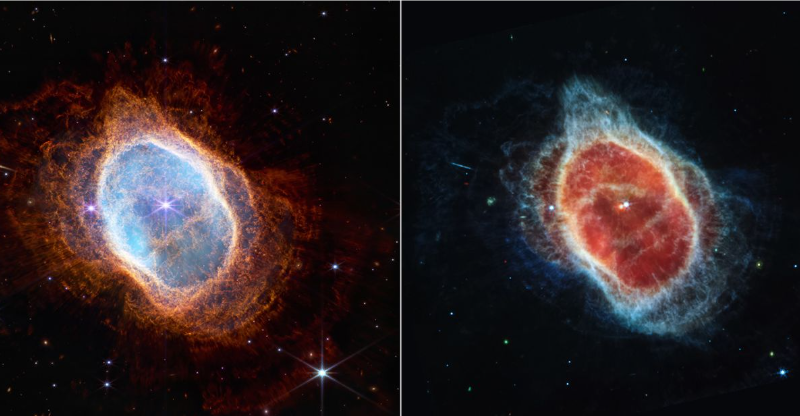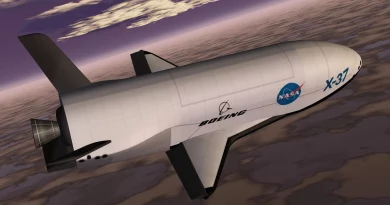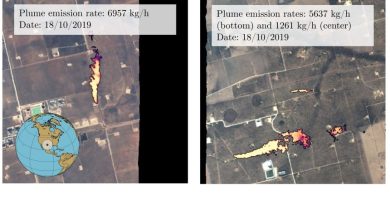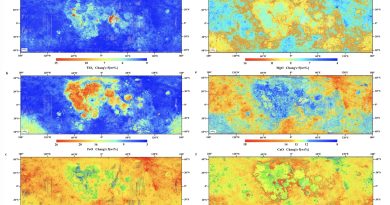Unveiling the Mysteries of the Galactic Core James Webb Space Telescope’s Exploration of the Milky Way’s Heart
The James Webb Space Telescope (JWST) has recently delved into the intricate heart of the Milky Way galaxy, revealing unprecedented details and unveiling mysteries that promise to enhance our understanding of the early universe. In a groundbreaking image released by NASA on Monday, the JWST utilized its unique ability to observe the universe in infrared light, providing a glimpse into the chaotic region surrounding Sagittarius C (Sgr C), an active star-forming region located approximately 300 light-years from the galactic center’s supermassive black hole, Sagittarius A*.
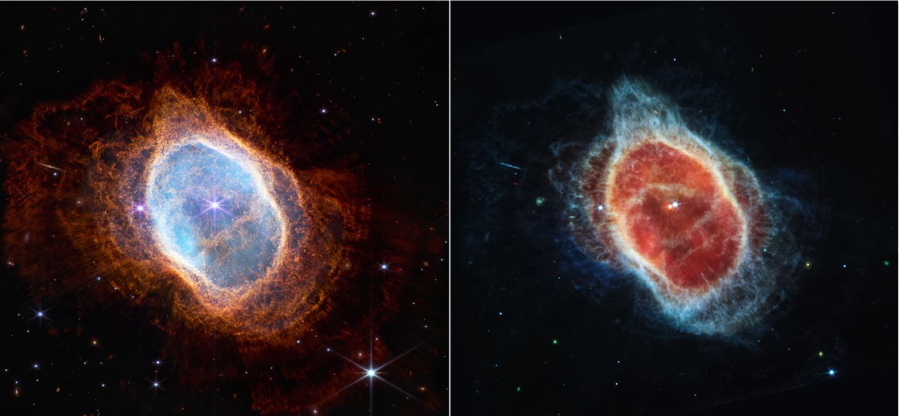
Unraveling the Galactic Core
The JWST’s infrared capabilities allowed astronomers to capture never-before-seen details within the image, providing a deeper insight into the composition and dynamics of the Milky Way’s central region. The observation, led by Samuel Crowe, principal investigator and undergraduate student at the University of Virginia, has left scientists stunned by the mysterious structures discovered in the heart of our galaxy.
Unprecedented Detail and Resolution
Crowe expressed excitement about the image, stating, “The image from Webb is stunning, and the science we will get from it is even better.” The JWST’s high resolution and sensitivity have enabled scientists to study the galactic center with unparalleled detail, offering a level of insight that was previously unattainable. This exploration is crucial for understanding the origin of the universe, particularly as massive stars in this region act as factories producing heavy elements in their nuclear cores.
Star Formation in the Extreme
The image showcases approximately 500,000 stars of varying sizes and ages within the Milky Way’s central region. Of particular interest are clusters of protostars, dense masses of dust and gas in the process of developing into fully-fledged stars. At the cluster’s center lies a massive protostar with more than 30 times the mass of the sun. These protostars emit glowing material, forming luminous spheres that stand out dramatically against the dark backdrop when observed in infrared light.
The Galactic Center’s Rigorous Test
Jonathan Tan, a research professor of astronomy at the University of Virginia and one of Crowe’s advisers, emphasized the significance of studying the galactic center: “The galactic center is the most extreme environment in our Milky Way galaxy, where current theories of star formation can be put to their most rigorous test.” The turbulent and magnetized gas clouds within this region, interacting with the outflowing winds, jets, and radiation from newly forming stars, make it an ideal location to challenge existing theories.
Ionized Hydrogen Emissions and Unexplained Structures
The JWST’s Near-Infrared Camera detected ionized hydrogen emissions surrounding the lower edge of the stellar region, portrayed in cyan in the image. Astronomers are puzzled by the vast amount of energized gas, exceeding expectations for what would typically be released by young massive stars. Furthermore, the observation team is intrigued by needle-like structures within the ionized hydrogen that appear in a seemingly unordered arrangement.
Rubén Fedriani, a coinvestigator of the project and a postdoctoral research fellow at the Instituto Astrofísica de Andalucía in Spain, commented on the complex nature of the galactic center: “The galactic center is a crowded, tumultuous place. There are turbulent, magnetized gas clouds that are forming stars, which then impact the surrounding gas with their outflowing winds, jets, and radiation.” The JWST’s data has opened a new chapter in understanding this extreme environment, with researchers eager to delve deeper into the wealth of information it has provided.

Conclusion
The James Webb Space Telescope’s recent exploration of the Milky Way’s heart has unveiled a treasure trove of information, sparking excitement and curiosity among astronomers. As scientists continue to analyze the unprecedented details captured by the JWST, they anticipate breakthroughs in understanding the formation of stars, the dynamics of the galactic center, and the mysteries that shroud the early universe. The journey into the heart of our galaxy marks a significant step forward in unraveling the cosmic narrative that has intrigued humanity for centuries.
